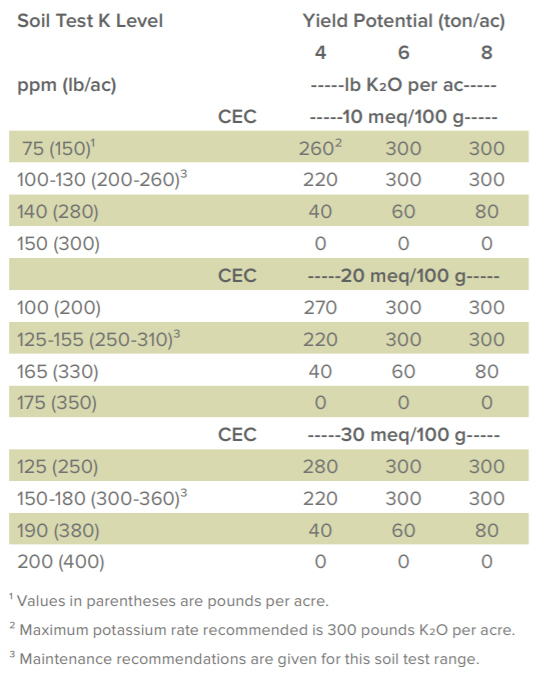Have you walked your alfalfa fields lately? If not, I suggest you do so soon.
Alfalfa is a very hardy plant, but can suffer from, among other things, weather. Many producers are now seeing the results of winter injury to alfalfa because of the harsh 2018-2019 winter. A roller coaster of variations in temperature, rain, sleet, snow, etc. combine to increase the odds that alfalfa plants heave from the soil.
Heaving is more common in established alfalfa fields on heavy soils with high moisture content. Dr. Dan Undersander, University of Wisconsin Extension, provides some recommendations in the adjacent list.
In the field
To assess the damage, you need to go to the field to count stems and dig plant roots. Begin by counting the number of stems per crown. These counts provide an indication of yield potential of the stand.
Use the adjacent table from a University of Wisconsin Extension publication A 3620 Alfalfa Stand Assessment: Is this stand good enough to keep?
In addition to counting stems, assess crown and root tissue by splitting four to five randomly selected plants per 20-25 acres.
Look at the color of the tissue
Is it creamy or discolored? Roots that are tan or brown are exhibiting signs of disease. While these plants may green up and appear productive, they may not yield well or survive, especially in a hot, dry year.
If more than 30% of the split roots have brown streaks running down the root and/or black areas of root/crown rot that cover 30% to 50% of the root diameter, yield potential is significantly reduced.
If this is the case, consider terminating the stand and planting corn for silage.
Rory Lewandowski and Dr. Mark Sulc, OSU Extension, provide additional information about assessing alfalfa winter damage in a recent Ohio State University Extension C.O.R.N. newsletter. (https://agcrops.osu.edu/newsletter/corn-newsletter/2019-07/assessing-winter-damage-and-evaluating-alfalfa-stand-health.)
There may still be time to make spring forage seedings in northern Ohio. Keys to a successful seeding:
- Soil pH should be a minimum of 6.0, preferably 6.5 to 6.8;
- Prepare a firm seedbed;
- Proper soil fertility levels: See the tables with this column from the Ohio Agronomy Guide, 15th Edition.
If weather conditions do not allow you to make an alfalfa seeding this spring, wait until late summer. The costs associated with seeding are high and a successful seeding is more likely under the proper conditions.















